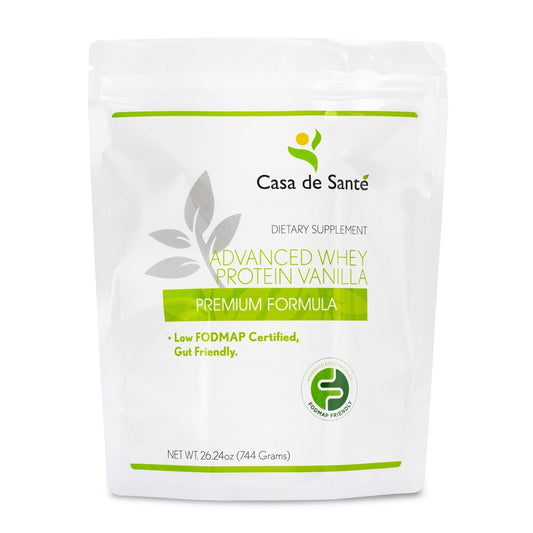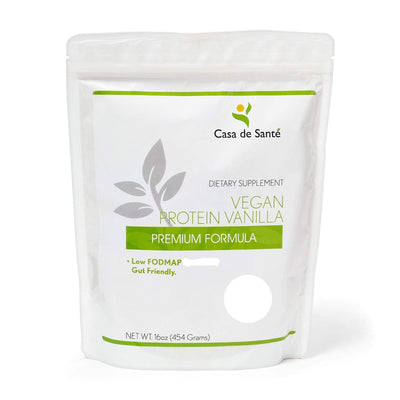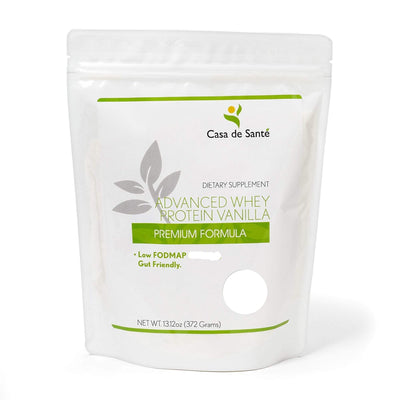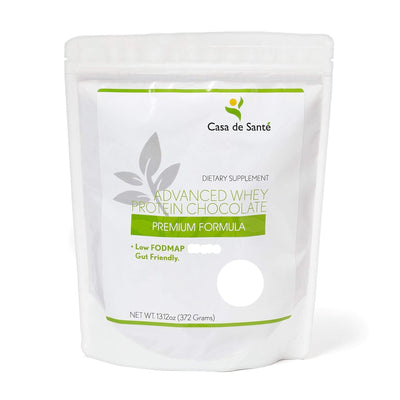Do All Bacteria Ferment Lactose? Understanding Bacterial Metabolism
Do All Bacteria Ferment Lactose? Understanding Bacterial Metabolism
Bacteria are among the most diverse and abundant organisms on our planet, playing crucial roles in everything from human digestion to environmental nutrient cycling. One of the defining characteristics that microbiologists use to classify and understand bacteria is their metabolic capabilities—specifically, which substances they can break down for energy. lactose fermentation is one such metabolic process that has significant implications in microbiology, food science, and medicine. But do all bacteria have this ability? The answer reveals fascinating insights into bacterial diversity and specialization.
The Basics of Bacterial Metabolism
Bacteria, like all living organisms, require energy to survive and reproduce. They obtain this energy through various metabolic pathways, with fermentation being one of the oldest and most fundamental. Fermentation allows bacteria to extract energy from organic compounds without using oxygen as the final electron acceptor—a crucial ability in oxygen-limited environments.
Bacterial metabolism is remarkably diverse, with different species evolving specialized pathways to exploit available nutrients in their particular ecological niches. Some bacteria are generalists, capable of metabolizing many different carbon sources, while others are specialists, adapted to efficiently process specific compounds like lactose.
What Is Fermentation?
Fermentation is an anaerobic process where organisms convert carbohydrates into energy, producing various end products in the process. Unlike respiration, fermentation does not require oxygen and typically yields less energy. However, it provides bacteria with a crucial survival advantage in oxygen-poor environments.
During fermentation, bacteria break down complex molecules into simpler ones, releasing energy that's captured in the form of ATP (adenosine triphosphate)—the universal energy currency of cells. The specific end products of fermentation vary depending on the bacterial species and the substrate being fermented, leading to diverse processes like lactic acid fermentation, alcoholic fermentation, and propionic acid fermentation.
The Role of Enzymes in Bacterial Metabolism
Enzymes are the workhorses of metabolism, catalyzing the chemical reactions that break down nutrients into usable energy. Each metabolic pathway requires specific enzymes, and the presence or absence of these enzymes determines which substances a bacterium can metabolize.
For lactose metabolism specifically, bacteria need the enzyme β-galactosidase (also known as lactase) to break down lactose into its component sugars: glucose and galactose. They also require permease enzymes to transport lactose into the cell. Without these specific enzymes, bacteria cannot utilize lactose as an energy source, regardless of how abundant it might be in their environment.
Lactose Fermentation Explained
Lactose fermentation is a specific metabolic pathway where bacteria break down lactose—a disaccharide sugar found primarily in milk and dairy products—into simpler sugars and then ferment these to produce energy and various end products. This process is particularly important in the dairy industry, where it's essential for the production of yogurt, cheese, and other fermented dairy products.
The ability to ferment lactose is not universal among bacteria. In fact, it's a specialized trait that has evolved in certain bacterial lineages that regularly encounter lactose in their natural habitats. For these bacteria, lactose fermentation provides a competitive advantage in environments where lactose is abundant.
The Biochemistry of Lactose Breakdown
When lactose-fermenting bacteria encounter this sugar, they first transport it into their cells using specialized permease enzymes. Once inside, the enzyme β-galactosidase cleaves the glycosidic bond in lactose, splitting it into glucose and galactose. These monosaccharides then enter the glycolytic pathway, where they're further broken down to generate energy.
Depending on the bacterial species and environmental conditions, this process can produce various end products. Lactic acid bacteria, for example, convert pyruvate (an intermediate in glycolysis) primarily to lactic acid. Other bacteria might produce a mixture of products including acetic acid, formic acid, ethanol, carbon dioxide, and hydrogen gas.
The lac Operon: Genetic Control of Lactose Metabolism
The genes responsible for lactose metabolism in many bacteria are organized in a genetic structure called the lac operon—a classic example of gene regulation studied in molecular biology. The lac operon contains genes coding for β-galactosidase, permease, and other enzymes needed for lactose utilization.
What makes the lac operon fascinating is its regulatory mechanism. When lactose is absent, a repressor protein binds to the operator region of the operon, preventing gene expression. When lactose is present, it binds to the repressor, changing its shape so it can no longer attach to the operator. This allows transcription of the lactose-metabolizing genes, enabling the bacterium to utilize the available lactose. This elegant system ensures that bacteria only produce lactose-digesting enzymes when lactose is actually available, conserving cellular resources.
Lactose-Fermenting vs. Non-Lactose-Fermenting Bacteria
The microbial world is divided when it comes to lactose fermentation. Some bacterial species readily ferment lactose, while others lack this ability entirely. This distinction is so fundamental that it's used as a key characteristic in bacterial identification and classification, particularly for enteric bacteria (those found in the intestinal tract).
The ability to ferment lactose isn't randomly distributed among bacteria but tends to correlate with their natural habitats and evolutionary history. Bacteria that commonly encounter lactose in their environments are more likely to have retained or developed the genetic machinery for lactose fermentation.
Common Lactose Fermenters
Several important bacterial groups are known for their ability to ferment lactose. Escherichia coli, a common inhabitant of the mammalian gut, is perhaps the most well-studied lactose fermenter. Other notable lactose-fermenting bacteria include most species of Klebsiella, Enterobacter, and many lactic acid bacteria like Lactobacillus, Streptococcus, and Lactococcus species.
Lactic acid bacteria are particularly important in food production. Lactococcus lactis and various Lactobacillus species are workhorses of the dairy industry, converting lactose in milk into lactic acid during the production of yogurt, cheese, and other fermented dairy products. Their lactose-fermenting ability not only creates the characteristic flavors and textures of these foods but also helps preserve them by creating an acidic environment inhospitable to many spoilage organisms.
Notable Non-Lactose Fermenters
Many medically significant bacteria lack the ability to ferment lactose. Salmonella and Shigella species, important human pathogens that cause gastrointestinal illness, are classic examples of non-lactose fermenters. Other notable non-lactose fermenters include most Proteus, Pseudomonas, and Serratia species.
This distinction is so useful that microbiologists have developed special growth media, such as MacConkey agar, that contain lactose and a pH indicator. When bacteria grow on these media, lactose fermenters produce acid that changes the indicator color, allowing for quick visual differentiation between lactose-fermenting and non-fermenting colonies—a valuable tool in clinical microbiology for identifying potential pathogens.
Practical Applications of Lactose Fermentation
The ability of certain bacteria to ferment lactose has been harnessed by humans for thousands of years, often long before we understood the microbiology behind these processes. Today, lactose fermentation has applications spanning food production, biotechnology, and medical diagnostics.
Food Industry Applications
The dairy industry relies heavily on lactose-fermenting bacteria. Yogurt production depends on Streptococcus thermophilus and Lactobacillus bulgaricus fermenting lactose to produce lactic acid, which both flavors the yogurt and causes milk proteins to coagulate, creating yogurt's characteristic texture. Cheese making similarly depends on various lactic acid bacteria to ferment lactose, contributing to the development of flavor, texture, and preservation.
Beyond traditional dairy products, lactose fermentation is also important in creating fermented milk drinks like kefir and koumiss, which are consumed around the world. The specific mix of lactose-fermenting microorganisms used in these products contributes to their unique flavors and potential health benefits.
Medical and Diagnostic Significance
In clinical settings, the ability to ferment lactose is an important diagnostic characteristic for identifying bacterial species. Differential media that contain lactose, such as MacConkey agar or Eosin Methylene Blue (EMB) agar, are routinely used in medical laboratories to distinguish between different enteric bacteria, helping to identify potential pathogens in patient samples.
Understanding lactose fermentation also has implications for human health. Lactose intolerance in humans results from insufficient production of lactase enzyme in the small intestine. When undigested lactose reaches the colon, it's fermented by resident bacteria, producing gases and acids that cause the uncomfortable symptoms associated with lactose intolerance. This highlights how bacterial metabolism can directly impact human health and comfort.
Evolutionary Perspectives on Lactose Metabolism
From an evolutionary standpoint, the ability to metabolize lactose represents an adaptation to specific ecological niches. Bacteria that regularly encounter lactose—such as those living in the mammalian gut or in dairy-rich environments—benefit from being able to use this sugar as an energy source.
The distribution of lactose fermentation abilities across bacterial species reflects both their evolutionary history and the selective pressures of their environments. Some bacteria have maintained this ability over evolutionary time, while others have lost it or never developed it at all, depending on whether lactose metabolism provided a significant advantage in their particular ecological context.
Horizontal Gene Transfer and Metabolic Adaptation
Interestingly, the genes for lactose metabolism can sometimes be transferred between bacterial species through horizontal gene transfer—a process where genetic material moves between organisms outside of traditional parent-to-offspring transmission. This means that the ability to ferment lactose can potentially spread through bacterial communities if it provides a selective advantage.
This dynamic aspect of bacterial evolution highlights the remarkable adaptability of these microorganisms. Rather than waiting for slow, generational changes through mutation and selection, bacteria can sometimes acquire new metabolic capabilities relatively quickly by incorporating genetic material from other species—a microbial version of "learning from your neighbors."
Conclusion
So, do all bacteria ferment lactose? The answer is clearly no. Lactose fermentation is a specialized metabolic capability found in some bacterial species but absent in many others. This metabolic diversity reflects the incredible adaptability of bacteria to different environmental niches and resource availability.
Understanding which bacteria can ferment lactose and how they do it has practical applications ranging from food production to medical diagnostics. It also provides insights into bacterial evolution and the complex relationships between microorganisms and their environments. As we continue to explore the vast diversity of bacterial metabolism, we gain not only scientific knowledge but also practical tools for harnessing these microscopic powerhouses for human benefit.




























